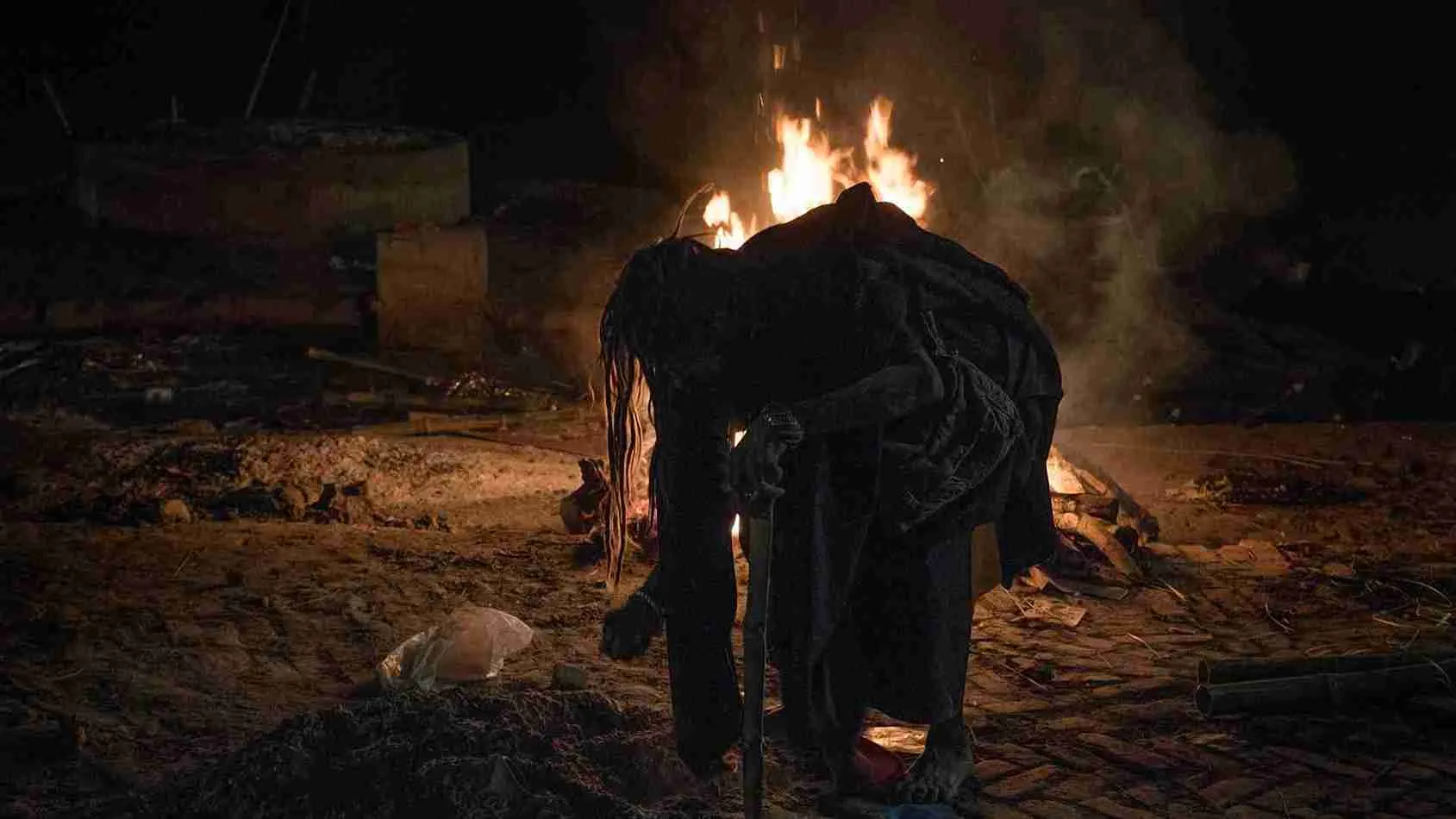Anyone who has ever switched on the TV cannot have escaped the predominance of music-based reality shows in India. From Indian Idol to Sa Re Ga Ma Pa, these shows have thrown up exciting new talent such as Arijit Singh, Sunidhi Chauhan, Shreya Ghoshal, Neha Kakkar, and Monali Thakur. Having become overnight singing sensations, these artistes have gone on to make their mark in the music industry, accumulating both fame and fortune in the process.
The dazzling success of K-Pop bands has further underlined the fact that good music cannot be confined or restricted by the boundaries of geography, culture, or language. It’s a great time to be in the business of music.
If you’ve decided to make music your destiny, you’ve probably struggled with the whole ‘Indian classical music versus western classical music’ debate. For undecided aspirants (and their parents!) out there, ever contemplated studying both? Consider New York-based Grammy winner Falu Shah who has made a career out of combining classical Indian melodies with contemporary western music. Multiple Grammies stand testimony to music composer Ricky Kej’s ability to combine Indian classical music with western.
And finally, need we say anything about AR Rehman?
PS: If all else fails, there’s Brian Silas who famously plays old Hindi film melodies on the piano. (The parents gotta love that!)
Music can be an exhilarating space to build your career in. Especially if you decide to knock the traditional barriers down and take on both Indian and western classical music. It may seem like an intimidating idea but as you progress, you will discover the many similarities between them. Here’s a brief look at what you can expect:
NOTES TO REMEMBER
Both Indian and Western classical music rest on compositions based on modes (scales or ragas), pulse-oriented rhythms, and improvisation, all of which have been developed to a very high degree of expertise. A scale can be defined as a group of notes used to play melodies in western classical music. It is rather similar in concept to the raga in Indian classical music. For instance, scale C consists of chords like Em Am Dm G C F and Bflat. Ragas, on the other hand, are named a bit more poetically – Kalyan, Kambodhi, Bhairavi, Khamaj – you get the drift!
While Indian classical uses different positions for notes with a total of 22 positions including microtones, western classical music adheres to the 12-note structure. The remarkable point here is that both are based on the seven natural notes. While most school-going kids in our country know the basic sounds of the sargam by heart – sa re ga ma pa dh ni sa – they may be equally familiar with the seven notes of western classical music – do re mi fa so la ti– popularized by the 1965 film The Sound of Music. Both traditions further use modified notes called sharps, flats, and naturals in western classical and teevra, komal and shuddha in Indian.
COMPOSITION
STRUCTURE
When it comes to the structure of western harmonies and Indian melodies, we are once again confronted with striking parallels. Western classical compositions consist of sections similar to pallavi, anupallavi, charanam, and chittaswaram that we find in Carnatic music and their equivalents in Hindustani called mukhda, antara, sthayi, taan, or jhaala in Hindustani music. These are known as intro, verse, bridge, interlude, and chorus. Just as the Indian tradition allows for freestyle improvisation by both vocalists and instrumentalists in the form of Khayal or vistara alapana, so too does western classical music.
EXPRESSING
EMOTION
The greatness of music is universally judged by its ability to move us. Since time immemorial, the primary purpose of music has been to express and modulate emotions. Both Indian and western classical music meet at this point. They both constitute an extensive study of notes – played simultaneously in western music and sequentially in Indian music – to explore and evoke a multitude of feelings.
The expression of bhav (emotion), the composition of swaras (musical notes), and how they relate to nature are all deeply connected to the soul in the Indian tradition. The bond of nature with the universe is further expressed by the sur or melody.
Western classical music uses the seven musical notes to compose harmonies that can convey feeling, emotion, mood, and the composer’s state of mind. These compositions can ably express a gamut of emotions such as happiness, joy, grief, melancholy, and ecstasy.
END NOTE
You will have understood by now that both Indian and western classical music have their foundation in pitch and rhythm, even though the terminology and usage may vary. What you really need is accomplished teachers. Not everyone can have access to top-notch maestros or gurus – after all time, location and money are big factors! This is where online learning comes in.
Online performance art academies offer classes with the cream of music teachers, at your convenience. Learning with them allows students to go over the same lecture or tutorial repeatedly, till they get their singing right. With proper instruction and guidance, you can become proficient in the music of your choice. And in the process, you will also acquire the confidence and polish to shine as bright as a star!























